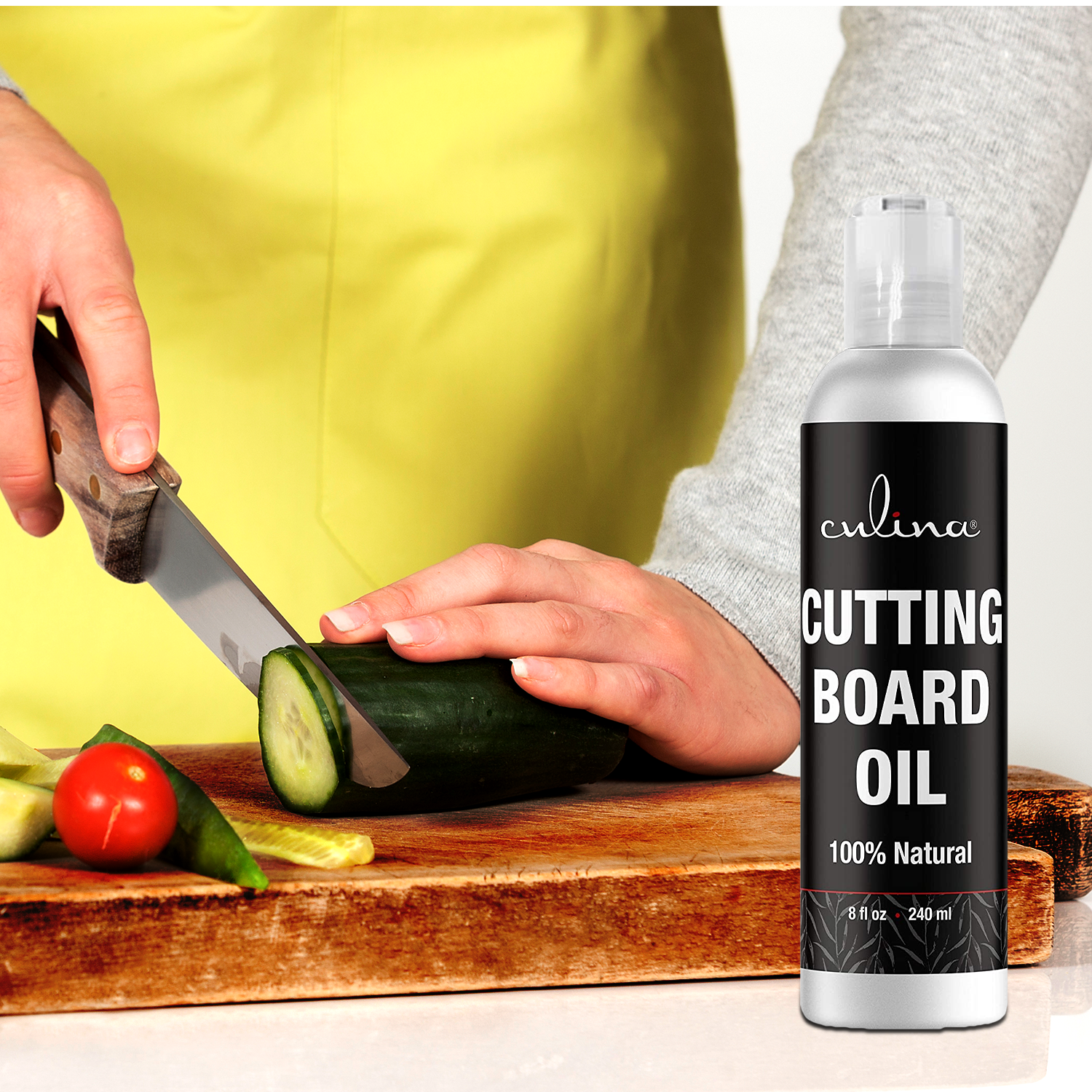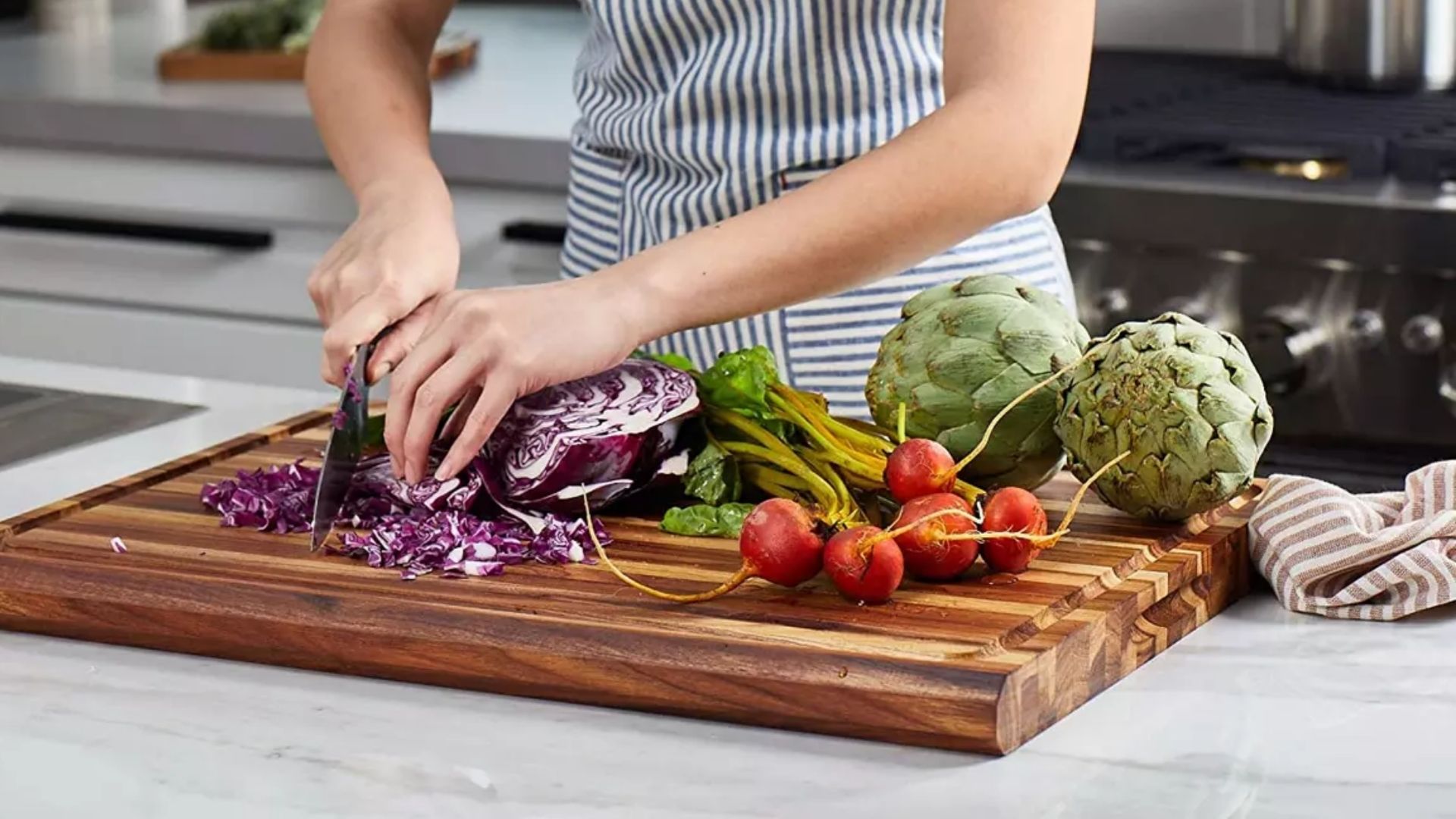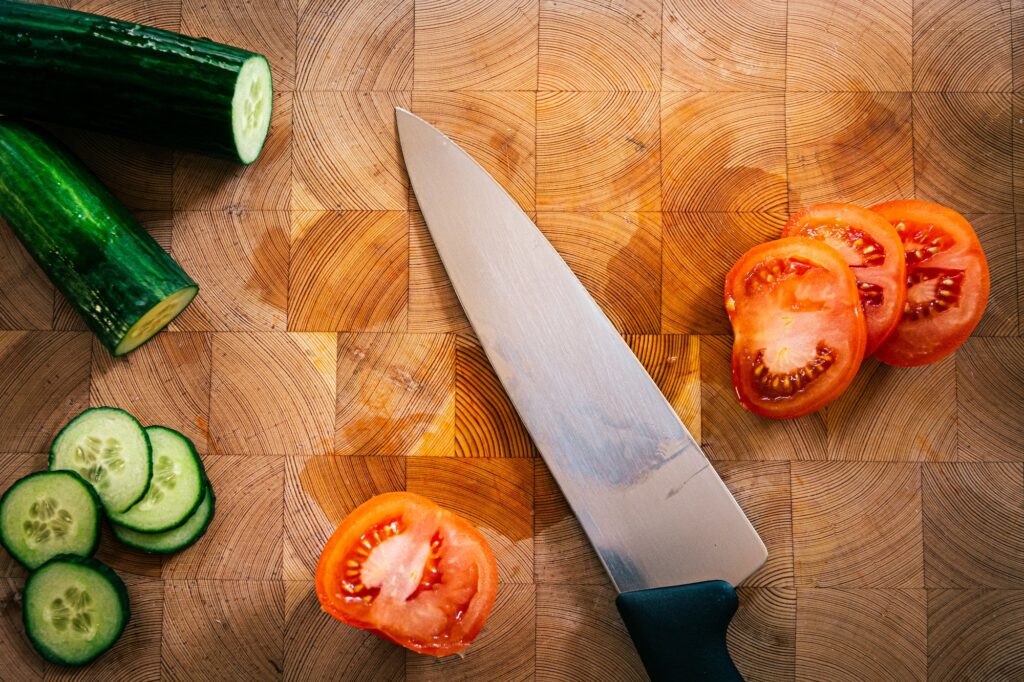Keeping your white cutting board clean is essential for maintaining kitchen hygiene and food safety. Whether you are a home cook or a professional chef, understanding how to clean a white cutting board is crucial. This article aims to provide an in-depth, step-by-step guide to ensure your cutting board stays spotless and free from bacteria. We will discuss the best practices, recommended cleaning materials, and techniques approved by experts.

Importance of Cleaning Your White Cutting Board
A white cutting board is a versatile kitchen tool that is used frequently. Therefore, it is prone to accumulating food stains, bacteria, and unpleasant odors. Regular cleaning helps to:
- Reduce the risk of cross-contamination between different types of food
- Maintain the boards appearance
- Ensure your meals are prepared in a hygienic environment
Questions to Consider
As you read through this guide, consider the following:
- How often should I clean my cutting board?
- What are the most effective cleaning agents?
- Can I use household items for cleaning?

Step-by-Step Cleaning Guide
1. Initial Rinse
Immediately after use, rinse the cutting board under hot water to remove any food particles. This initial rinse helps to loosen up food debris and makes the following steps more effective.
2. Use Dish Soap and Warm Water
In a sink filled with warm water, add a few drops of dish soap. Use a scrub brush or sponge to thoroughly clean the surface of the board. Ensure you scrub both sides and all edges.
3. Baking Soda and Vinegar Method
If your board has stubborn stains, sprinkle baking soda over the surface. Then, spray white vinegar on top of the baking soda. This will create a fizzy reaction. Scrub the surface once again, then rinse with warm water.
4. Lemon and Salt Technique
Cut a lemon in half and dip the cut side in coarse salt. Rub this on the surface of the cutting board to naturally deodorize and clean the board. Rinse thoroughly afterward.
5. Bleach Solution for Deep Cleaning
For deep cleaning, mix one tablespoon of bleach with one gallon of water. Soak the board for a few minutes, then rinse thoroughly with warm water and dry immediately using a clean towel. Please note, [certain types of cutting boards](https://www.tastingtable.com/1561715/tips-tricks-use-cutting-board/) (nofollow) should not be bleached, make sure your board is bleach-safe.

Maintaining Your White Cutting Board
Daily Cleaning
After every use, make it a practice to rinse the board with hot water. Use dish soap to clean the surface and pat dry with a towel.
Weekly Deep Cleaning
Once a week, follow the baking soda and vinegar method or the lemon and salt technique for a thorough cleaning.
Common Mistakes to Avoid
Here are some mistakes people often make when cleaning their white cutting boards:
- Not cleaning immediately after use
- Using harsh chemicals
- Ignoring the undersides and edges
- Not drying the board immediately after washing
Additional Tips
To keep your cutting board in its best condition:
- Avoid cutting acidic foods directly on the board
- Do not put your cutting board in the dishwasher if it’s not dishwasher-safe
- Use separate cutting boards for different types of food (e.g., raw meat vs. vegetables)
Recommended Cleaning Products
We recommend using the following products:
- Dawn Dish Soap
- Mr. Clean Magic Eraser
- Arm & Hammer Baking Soda
- Clorox Bleach
Frequently Asked Questions
1. How often should I clean my white cutting board?
It is recommended to clean your cutting board after each use to maintain hygiene.
2. Can I bleach my cutting board?
Yes, you can bleach cutting boards made of plastic or acrylic. Avoid using bleach on wooden boards.
3. Is it safe to use household items for cleaning?
Yes, household items such as baking soda, vinegar, lemon, and salt are safe and effective for cleaning cutting boards.
Conclusion
Keeping your white cutting board clean is essential for both hygiene and aesthetics. By following our guide, you can ensure that your cutting board remains free from bacteria and stains. Remember to clean your board immediately after use and perform regular deep cleaning to keep it in its best condition. For more tips and tricks on maintaining your kitchen tools, you can read this [insightful article](https://www.financialexpress.com/life/using-cutting-board-for-chopping-veggies-beware-as-it-is-polluting-your-food-3115379/) (nofollow).
As an Amazon Associate, I earn from qualifying purchases.


